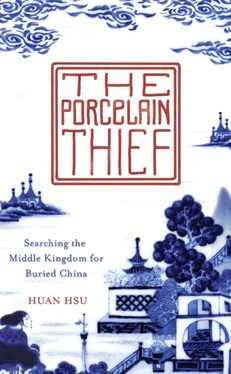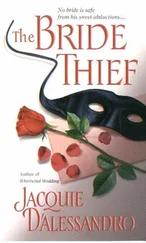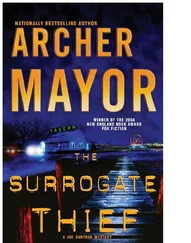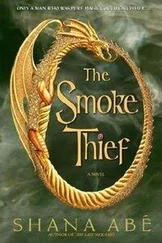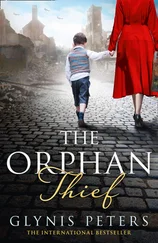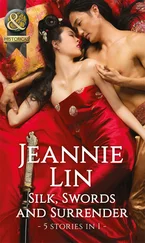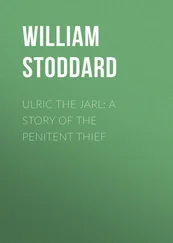Liu received the second-highest score in the county and earned the title of xiucai, or “cultivated talent.” Those who passed the exam won the right to take the triennial provincial-level exam, after which a certain number would earn a place in the government. But because of Liu’s score, he was immediately offered a minor local post. Mindful of the reputation of Qing bureaucrats, as well as the tenuousness of the government, he declined. “I’m poor now, and if I accept this ‘little official’ position, I’ll remain that way,” he said. “And I won’t participate in corruption—I want to be able to feel the breeze through my sleeves. Just let me go home.”
The bureaucrats urged him to reconsider. He came from a poor family, with just a speck of land to his name. Did he really want to spend the rest of his life plowing with a writing brush? But Liu, a strict Confucian, figured that an overeducated man in the fields was still more virtuous than a cultured one taking bribes. He returned to Xingang and started his own sishu, where he became known for reducing or waiving fees for especially bright students. Just about every male in the village received some kind of training from my great-great-grandfather. “If you don’t go to school, you have no prospects,” he liked to say. “So go to school.”
He was a good teacher, and his sishu was highly recommended. He made a name for himself as a traveling scholar in the Yangtze delta cities of Suzhou and Hangzhou, where wealthy merchants paid him handsomely as a private tutor for their children. His income allowed him to chi chuan bu chou, or not have to worry about his food or clothing, which qualified as an comfortable life back then. He invested the rest of his money in land, accumulating a hundred acres in Xingang, on which sharecroppers raised wheat, barley, millet, sesame, and other grains. He also bought up most of the paddies in the Poyang floodplain, where they alternated rice and vegetable plantings. Between the two harvests, they grew rapeseed, and each autumn the blossoms covered the countryside with a blanket of gold, interrupted occasionally by the whitewashed walls and curved tiled roof of a Buddhist temple. Most families split the harvests fifty-fifty, but Liu kept only four bushels out of every ten, giving the remainder to the farmers, reasoning that they were the ones bearing the expenses and putting in the labor. Besides, his land, in concert with the river, lakes, and orchards of persimmons, sweet-tart loquats, crispy jujubes, yellow plums, and sugary “southern wind” oranges, already provided all the food he could eat, trade, or sell. As word of Liu Da Xian Sheng’s, or “Lord Liu’s,” generosity spread, sharecroppers flocked to work his land. His prosperity grew in a liang xing xun huan, a virtuous cycle.
Meanwhile the country verged on collapse. Much of China’s recorded history consisted of various peoples fighting for, conquering, and—because the territory persistently proved too amorphous and difficult to govern—abdicating control of parts of it or its entirety. Throughout the upheavals, an ambient continuity managed to survive. Cities rose and burned, and their importance waxed and waned, but they remained cities. Sacred places were revered, ignored, and then rediscovered and rehabilitated. Material possessions made of jade, ivory, wood, stone, and porcelain long outlived their makers, and royal collections of art and antiques were often subsumed and added to by newly victorious rulers. The imperial civil service exam, a thread of meritocracy that stitched together half a dozen dynasties, offered a pathway for all qualified men to make generational changes to their socioeconomic standings. The entire country was a palimpsest over which each successive regime had written a different legend, and for almost all of the oft-mentioned five thousand years of China’s recorded history, those former iterations simply receded underground, one stratum at a time, a slow accretion of something that, over the millennia, formed not just Chinese history but also Chinese culture.
Under the Qing, a Manchu people from the north, China reached its zenith of social, cultural, military, and economic power in the eighteenth century. This golden age spanned the reigns of three emperors, Kangxi, Yongzheng, and Qianlong, who, while not above the brutality, depravity, or immorality of their time, continue to be held up as the standard for effectiveness. By Qianlong’s rule, the Qing had consolidated double the territory the Ming had governed, including all of Mongolia and parts of Russia. Despite being foreign occupiers, the Qing became increasingly sinicized, and Qianlong anointed himself the preserver of Chinese culture and history. He was a ravenous collector of objects and penner of poems and was known to travel with paintings so that he could compare them to the actual landscapes. He closely supervised the imperial porcelain kilns in Jingdezhen and compelled artisans to impress him. As a result, the kilns made great leaps in creativity and technology during his reign.
Despite its reputation as insular and xenophobic, China had regular contact with outsiders and accepted foreign trade as an inevitability. Jesuit missionaries from across western Europe were fixtures in Kangxi’s court, serving as translators, scientific advisers, and cartographers. Qianlong also employed them as painters, musicians, and architects—so frequently that some complained of not having time for missionary work. As Qianlong became fascinated with exotic buildings, he commissioned Giuseppe Castiglione, a Jesuit missionary-cum-artist, to the Qing court, to design the Western-style mansions in Beijing’s Yuan Ming Yuan , or “garden of perfect brightness,” made of stone instead of wood, the Chinese building material of choice. The general manager of Beijing’s famed glass factory was a missionary, tasked with producing scientific instruments. The technique of painting on glazed porcelain, or famille rose, developed from European enamel technology.
Chinese porcelain, tea, and silk commanded top prices, paid for by silver, and by the eighteenth century China had become known as the world’s silver repository. But as foreign countries saw their treasuries dwindle in the procurement of these exotic goods, they sought schemes to equalize trade with China. One such scheme was addicting the Chinese to opium. The Qing court allowed for the importation of opium by the British, as it generated tax revenue, but it restricted the trade to the port of Guangzhou (known then as Canton), conducted through Chinese merchants instead of directly with the general population, and only during a certain season—terms that chafed the British, whose belief in their heavenly mandate surpassed even that of the Chinese.
This uneasy accord frayed as the Qing government grew alarmed about more and more of its population falling prey to the drug. The Daoguang emperor, Qianlong’s grandson, appointed Lin Zexu, a principled scholar-bureaucrat, as the governor of Guangzhou with an edict to stem the flow of opium into the country. Lin launched an aggressive campaign against the trade, arresting thousands of Chinese opium dealers and confiscating tens of thousands of opium pipes. When British merchants refused to halt shipments into Guangzhou, he blockaded them in the designated enclave for foreign traders and cut off their food supplies. After a month-long standoff, the British turned over more than two million pounds of opium—approximately a year’s supply—which Lin destroyed and threw into the sea. Lin also led expeditions onto ships at sea to seize crates of opium.
When Britain learned of the situation in Guangzhou, it demanded compensation for the destroyed merchandise and better trade terms. Over the following months, tensions escalated to the point that in 1839 the British foreign secretary finally declared war on China. It was too much to bear for the Qing, which had already begun to decline at the end of Qianlong’s reign. In this First Opium War, British gunboats operating with steam engines and modern firearms decimated the rickety Chinese defenses; China, despite having invented gunpowder, had failed to weaponize it with the same sophistication. The Qing court quickly capitulated and agreed to cede Hong Kong to the British, pay an indemnity, and open five ports to trade of all kinds, through which foreign missionaries flowed along with the goods and currency. Lin Zexu was the scapegoat and exiled to the country’s remote northwest.
Читать дальше
